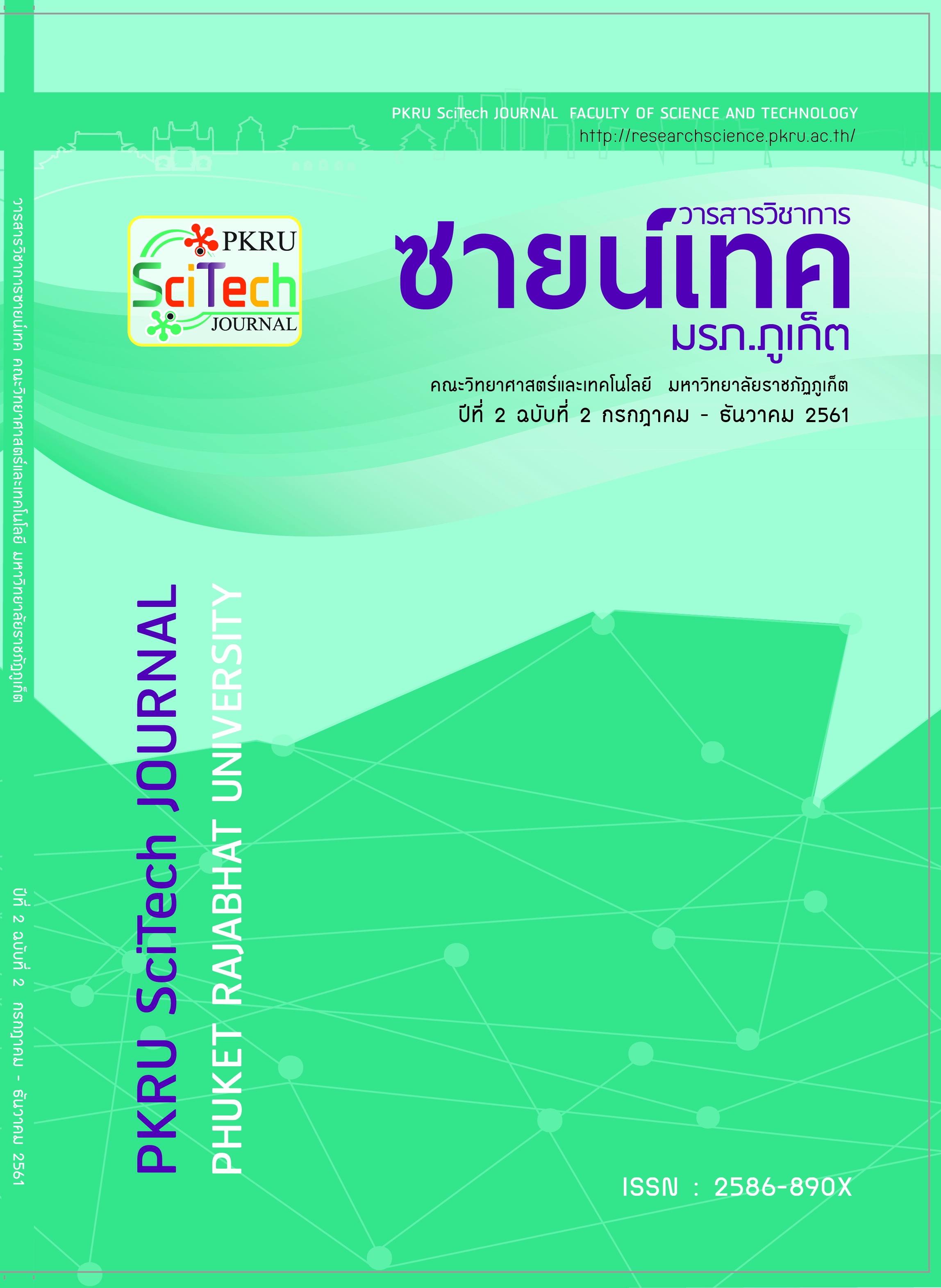การพัฒนาระบบการบริหารจัดการองค์กรด้วยดิจิทัลแพลตฟอร์ม กรณีศึกษา ธุรกิจฟาร์มเกษตรอัจฉริยะ
Main Article Content
บทคัดย่อ
งานวิจัยนี้มีวัตถุประสงค์เพื่อพัฒนาระบบการวางแผนความต้องการองค์กรกรณีศึกษา ธุรกิจฟาร์มอัฉริยะ โดยสนับสนุนการตัดสินใจของผู้บริหารและสามารถตอบสนองความต้องการของธุรกิจ ช่วยลดการทำงานที่ไม่จำเป็น ประหยัดเวลา ลดระยะเวลา และช่วยในการวางแผนต่างๆ เครื่องมือที่ใช้ในงานวิจัย ได้แก่ แอพพลิเคชัน โปรแกรมมิ่ง อินเทอร์เฟส (เอ พี ไอ) เป็นตัวกลางในการเชื่อมต่อข้อมูลระหว่างแพลตฟอร์ม โดยแต่ละแพลตฟอร์มส่งข้อมูลเข้าหากันด้วยไฟล์ข้อมูล และใช้ซอฟท์แวร์ประยุกต์โอดูสำหรับการพัฒนาไปสู่แพลตฟอร์มที่มีรูปแบบมาตรฐาน และง่ายต่อการเรียกใช้งาน ผลการวิจัยพบว่าแพลตฟอร์มที่พัฒนานี้ผ่านการประเมินประสิทธิภาพของระบบโดยผู้เชี่ยวชาญและผู้ใช้งานในระดับมากที่สุด (x̅ = 4.67, S.D.= 0.47 และ x̅ = 4.77, S.D. = 0.33) ซึ่งผลการวิจัยนี้ช่วยให้องค์กรสามารถนำไปใช้ในการวางแผนเชิงกลยุทธ์ได้อย่างมีประสิทธิภาพตามมาตรฐานสากล
Article Details
- เนื้อหาต้นฉบับที่ปรากฏในวารสารเป็นความรับผิดชอบของผู้เขียน ทั้งนี้ไม่รวมความผิดพลาดอันเกิดจากเทคนิคการพิมพ์
- ลิขสิทธิ์ต้นฉบับที่ได้รับการตีพิมพ์ในวารสารวิชาการ ซายน์เทค มรภ.ภูเก็ต ถือเป็นกรรมสิทธิ์ของวารสารวิชาการ ซายน์เทค มรภ.ภูเก็ต
เอกสารอ้างอิง
[2] Drews, P., & Schirmer, I. (2014). From enterprise architecture to business ecosystem architecture: Stages and challenges for extending architectures beyond organizational boundaries. In Enterprise Distributed Object Computing Conference Workshops and Demonstrations (EDOCW) IEEE 18th International, 13-22.
[3] Alm, R., & Wißotzki, M. (2013). TOGAF adaption for small and medium enterprises. In International Conference on Business Information Systems, 112-123. Springer, Berlin, Heidelberg.
[4] สำนักงานพัฒนารัฐบาลดิจิทัล (องค์การมหาชน). (2558). สถาปัตยกรรมองค์กรของสำนักงานรัฐบาลอิเล็กทรอนิกส์ (องค์การมหาชน).
[5] Khatri, V., & Brown, C. V. (2010). Designing data governance. Communications of the ACM, 53(1), 148-152.
[6] Fernandez, D., Zaino, Z., & Ahmad, H. (2018). An investigation of challenges in Enterprise Resource Planning (ERP) implementation: The case of public sector in Malaysia. International Journal of Supply Chain Management, 7(3), 113-117.
[7] Almugadam, S. H., Bashir, B. I., Hassan, A. A. A., & Adam, M. A. A. (2017). Developing tool for Odoo platform. International Conference on Communication, Control, Computing and Electronics
Engineering (ICCCCEE), 1-7.
[8] Mayer, N., Aubert, J., Grandry, E., Feltus, C., Goettelmann, E., & Wieringa, R. (2018). An integrated conceptual model for information system security risk management supported by enterprise architecture management. Software & Systems Modeling, 1-28.
[9] Masuda, Y., Shirasaka, S., Yamamoto, S., & Hardjono, T. (2018). Architecture board practices in adaptive enterprise architecture with digital platform: a case of global healthcare enterprise. International Journal of Enterprise Information Systems (IJEIS), 14(1), 1-20.
[10] Enaya, M. F. (2016). An Experimental Performance Comparison of NoSQL and RDBMS Data Storage Systems in Odoo. Master’s Thesis, University of Magdeburg.
[11] Moss, G. (2017). Working with Odoo 10. Packt Publishing Ltd.
[12] Blahaerath, G. C., & Hooper, G. J. (2018). U.S. Patent No. 9,912,753. Washington, DC: U.S. Patent and Trademark Office.
[13] Rubtcova, M., & Pavenkov, O. (2018). Togav's Architect Framework of Information System. Global Strategy & Emerging Markers Conference. University of Miami, Storer Auditorium.
[14] Santoso, L. W. (2017). Integration between ERP software and business intelligence in Odoo ERP: case study a distribution company. Doctoral dissertation, Petra Christian University.
[15] Landry, S., Dalli, A., & Bri, S. (2017). Cloud-based integrated information system for medical offices. Proceedings of the Mediterranean Symposium on Smart City Applications, 233-241.


